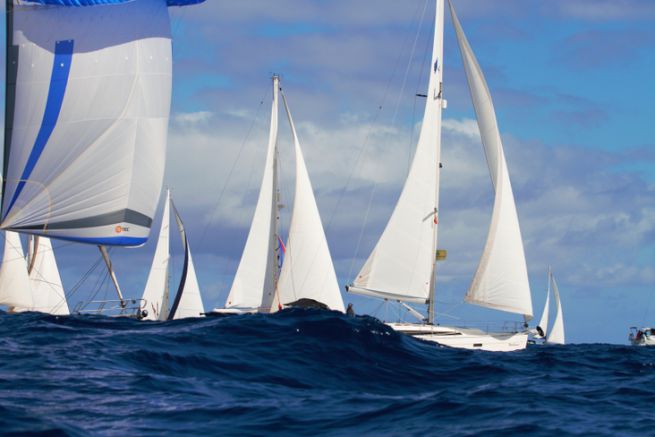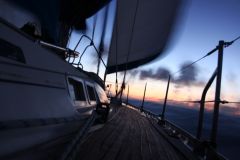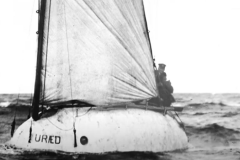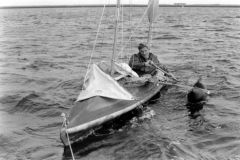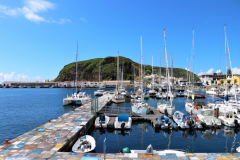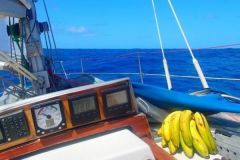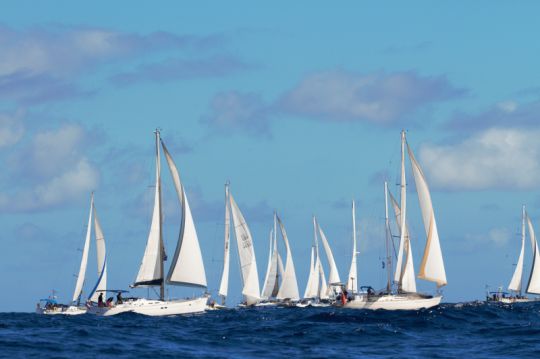
What is the CRA? What is it? The world's largest transatlantic rally, quite simply. And the starting line at the exit of the port of Las Palmas may be immense, but the spectacle of a fleet of nearly 200 sailboats under spinnaker is impressive... This event, in which you participate in race mode or not, celebrates its 34 th edition. The ARC is the undisputed leader of the genre: in front of it, many organisers - RIDS and Atlantic/Carribean Odyssey - are setting up (or are setting up, for Jimmy Cornell) similar projects, but do not bring together more than 30 sailing boats. The CRA, on the other hand, is the victim of its success. And the ever-increasing presence of multihulls further complicates the welcome in the ports. A catamaran takes the place of two monohulls... Not to mention the trimarans!
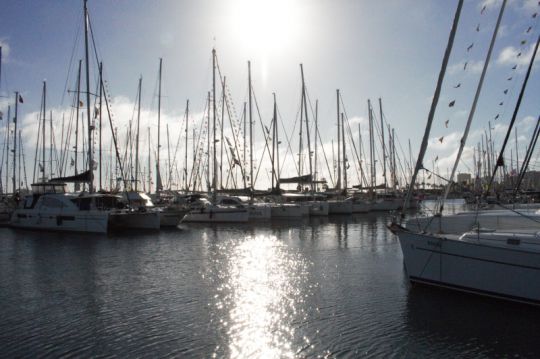
Andrew Bishop, the big boss, had to resolve due to lack of space in the Las Palmas marina, to organize three separate events... The first, the ARC +, had 90 participants - against 72 last year, who left Las Palmas on November 11, heading for Mindelo, Cape Verde, for a new departure to Saint Lucia on November 20. The brand new ARC+ Saint-Vincent is four days behind the first and joins Saint-Vincent. Finally, the third departure is the one we witnessed: it is the historic ARC..
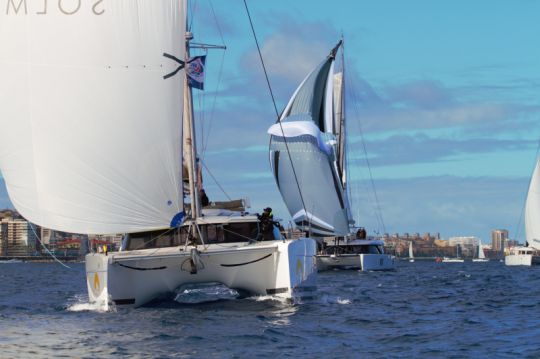
This 2019 edition brings together 192 yachts of 35 different nationalities, divided into several categories. The 26 pure sailors are not allowed to use the engine. The others - 125 monohulls and 40 catamarans, yes. A clever formula nevertheless makes it possible to classify the cruisers, required to communicate - without cheating please! - their daily engine time. A fourth class is open to those who consider themselves out of competition. Most of the troops were British sailboats (almost a third of the fleet), then American and finally German. The French are less present than last year - 7 boats against 10 last year and 16 for the 2017 edition.
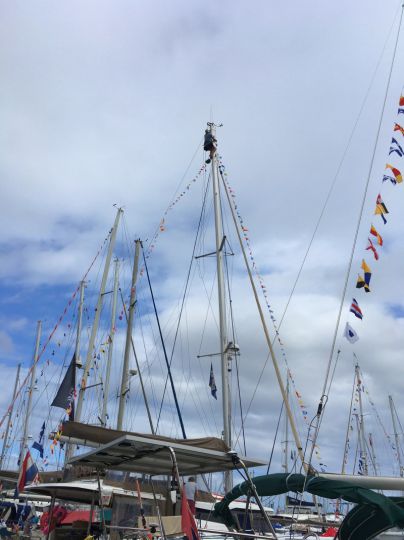
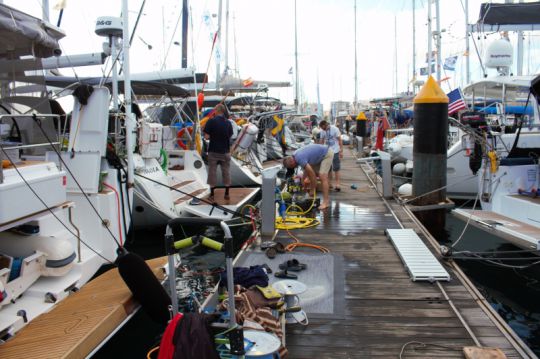
The stopover in Las Palmas also allows you to refuel and repair - or buy additional equipment. Every year, more than 1,000 sailboats make a stopover in Gran Canaria. This island, like its sister Tenerife, is ideally located on the trade winds' trajectory before the big jump of the Transat. After a week ashore - or even more for those who have remained on board since their summer navigation from the Mediterranean or our Atlantic coasts - to prepare the sailboats, it is time for the big jump, heading west-southwest to reach the island of Sainte Lucie, 2,700 miles ahead of the bows.
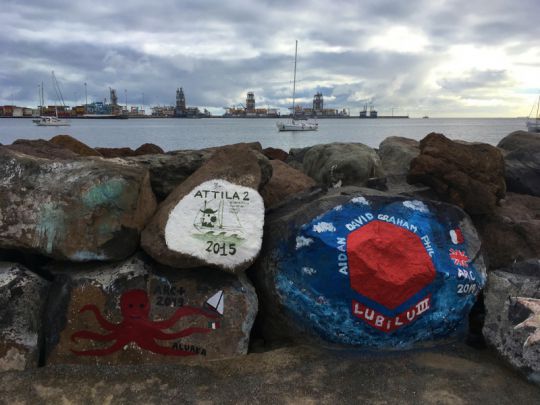
Many crews, before leaving, painted a drawing, a logo or a few words on the lower dock and the marina jetty, in memory of their passage.
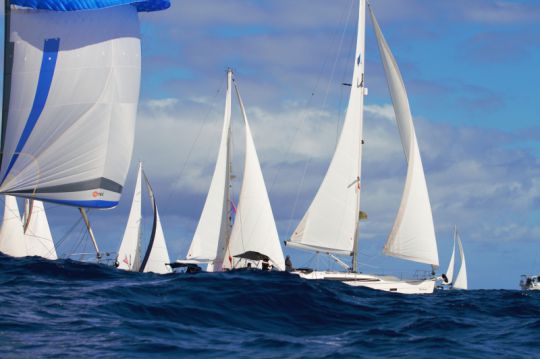
The main objective for participants in the 2019 RCAF is to cross the Atlantic safely. Because most skippers and crew members are almost unanimous: fleet navigation, compared to free navigation, is a guarantee of safety. The organisers, in daily contact with all the skippers, are able to bring in a nearby sailing boat in the event of a shipwreck, dismasting or rudder failure.
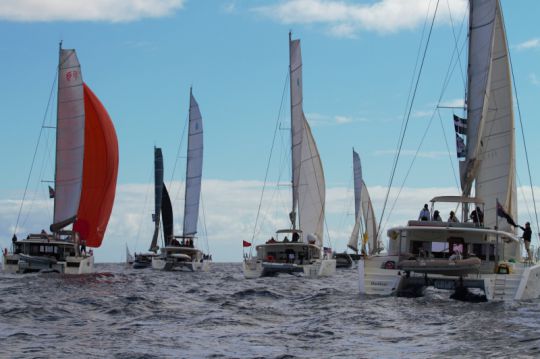
Required security
The ARC requires very complete equipment. Each boat must therefore be able to give its position every day. Beacons, self-inflating vests, lifelines: the safety station is screened by the organisers.
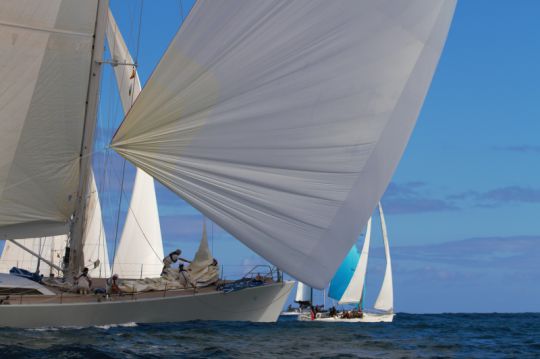
How much does it cost?
On average, a registration with the ARC costs 1,500 euros. These high costs are partly offset by the more advantageous port tariffs. The impressive fleet, reduced by only eight yachts that delayed their transatlantic race, started in excellent conditions - a small north-westerly swell and bright sunshine as expected. With a trade wind established at 12 knots, the spinnaker boats quickly spread over the horizon. The others, under tangled genoa, logically sped more slowly. We will find them very soon on the other side of the Atlantic!
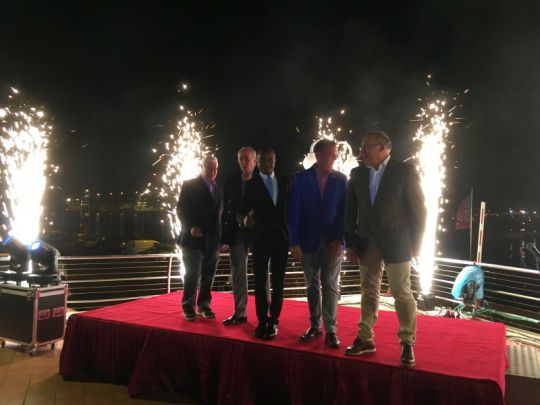
The CRA 2019 in numbers
- 18 to 21 days is the average time it will take to cover the 2,700 miles of the route.
- 192 sailboats are registered. 4 started late.
- 10,00 m is the size of the smallest sailboat, the Fango Falema led by the German Dirk Dinjus.
- The tallest sailboat is Ulisse a one off of 32 m owned by Patrizio Bartelli, Prada's boss.
- The average length of the boats is 15,48 m compared to 15.36 m in 2018 and 14.30 m in 2008.
- 11 years old This is the average age of the fleet's sailboats - 12 years old in the previous edition.
- 26 units are Bénéteau . The Vendée site is the most represented.
- 40 multihulls are recorded, compared to 35 last year and 15 in 2008. The most represented are the Lagoon with 17 units.
